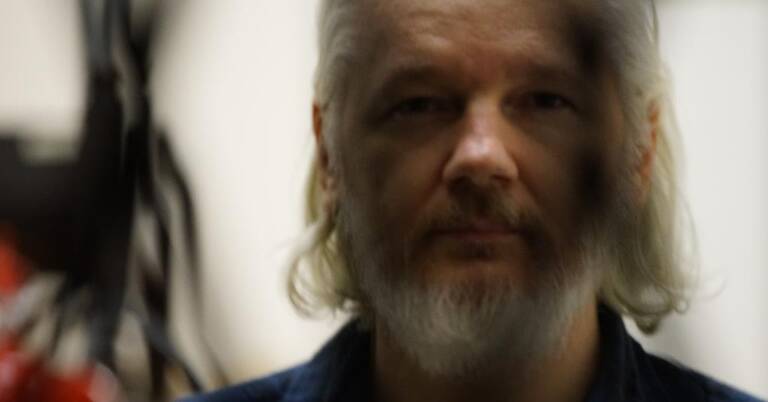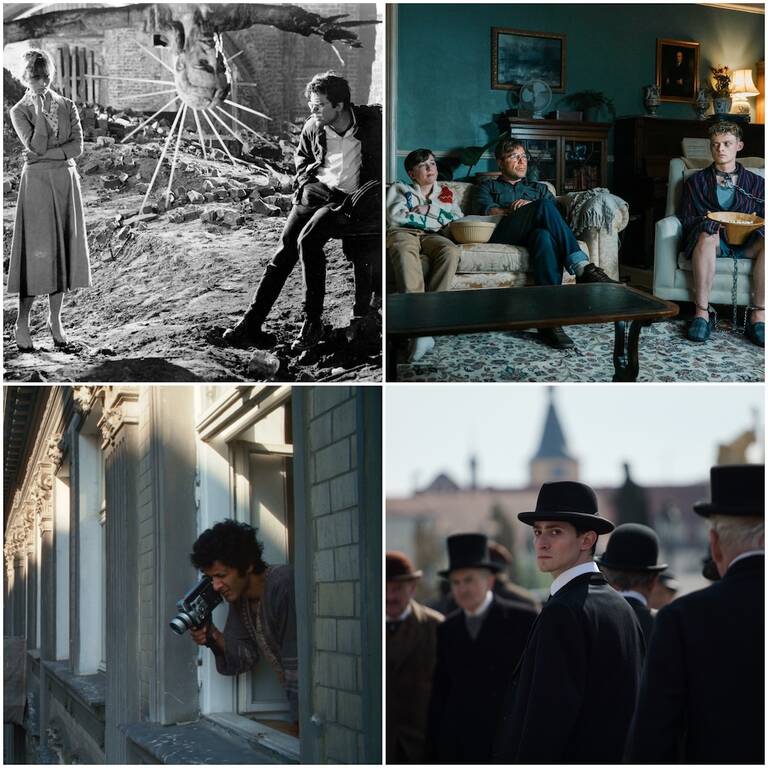
Dir. Luca Guadagnino, Italy/US. 2018, 153 mins, in English plus German and French with subtitles
Cast: Dakota Johnson, Tilda Swinton, Chloë Grace Moretz, Elena Fokina
Review by Carol Allen
If you hadn’t been led by its pedigree to expect something scary, this sounds a bit as though it’s going to be one of those stories about the new girl in a dance company who becomes the star. When American newbie Susie (Dakota Johnson) auditions for the Berlin Tanz company led by Madame Blanc (Tilda Swinton), not only is she accepted without question but within minutes she’s taken over the lead in the show they are currently rehearsing, having appeared to have learned the steps by osmosis.
But you’ve guessed it. There is something odd about this company. For a start Susie’s dancing seems to have some connection to the capture and torture in an adjoining studio of the previous lead dancer Olga (Elena Fokina) by an invisible and malevolent force – a very graphic little sequence that. Maybe Olga’s earlier accusation that the company staff are all witches has some basis. Then there’s Patricia (Chloë Grace Moretz), another member of the company, a very disturbed young woman, whom we’ve seen earlier raving to her elderly (male) psychotherapist Dr Klemperer. (also played by Swinton). Armed with Patricia’s diary, which records some very disturbing things going on in the company, Klemperer, who lost his dear wife in the war, tries to get to the bottom of the mystery. And all the time in the background we’re hearing news of the hostage taking exploits of the Baader-Meinhof Gang (also, misleadingly for us, known as the RAF, standing for Red Army Faction), which were going on in real life in 1977.
So what is the connection here, if indeed there is one? Is this simply a rather complicated horror movie or is it trying to say something significant about the burden of guilt the 60s/70s generation of young Germans inherited from their parents?
On the plus side the film looks very good. The main setting where the Tanz company is based is a handsome Bauhaus building with uncomfortable echoes of thirties Germany and the rise of Nazism. Maybe the horrible things going on in the building have some connection to that?
Swinton is a largely impassive presence as Madame Blanc and does an impressive elderly male impersonation as Klemperer. She also has another role where she is totally hidden under rolls of flesh towards the end of the film in an orgiastic ceremony involving lots of naked women writhing – funny how they always have to be naked. And there’s a lot of spine jerking, Martha Graham style modern dance of the period for those who like that sort of thing.
The narrative is though somewhat confused, not helped by the fact much of the English spoken dialogue seems to have been dubbed on afterwards with a slight echo to characters whose faces we can’t see, either because they are shrouded in gloom or have their backs to us. Fortunately much of the dialogue though is in German with a bit of French so we get subtitles there. And there are of course a lot of very unpleasant and gory images scattered generously throughout the movie.
Interestingly apart from a handful of minor roles, all the actors are female. Maybe that’s why Swinton is playing that male role? And for film buffs please note that Jessica Harper, who played Susie in Argento’s version, pops up in a supporting role as Klemper’s wife.
This piece feels like it’s aiming to be something more significant than just a simple albeit elegantly shot horror film but what exactly that is is more than a touch baffling






